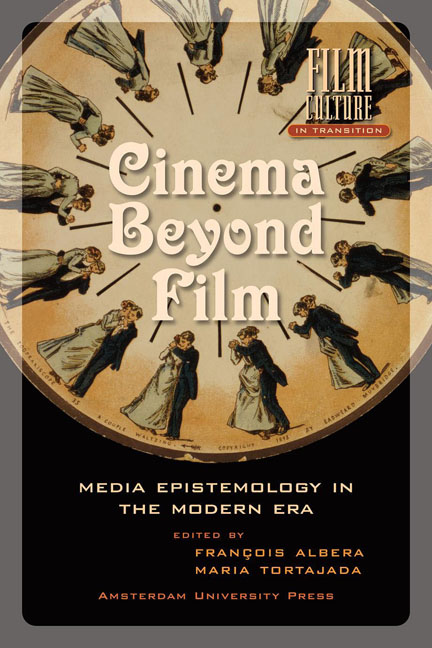Dancing Dolls and Mechanical Eyes: Tracking an Obsessive Motive from Ballet to Cinema
Published online by Cambridge University Press: 22 January 2021
Summary
As the nineteenth century moved forward, the image of the dancer that began to gain ascendancy was one in which her rhythmic movements reflected both the fundamental pulsation of the universe and the embodiment of the new dynamics of industrialization. In this chapter, I shall examine certain artistic representations of the dancing body (as it appears in the literature, on stage or in the cinema) that in various ways derive from aesthetic discourses inspired by the emergence of technological modernity. I shall look in particular at the various occurrences of a dispositive, where the figure of mechanical body movement – sometimes associated with electrical energy – subjects the spectator to the magnetic power of its attractiveness. In order to address this question, I shall first examine the scientific research that was being conducted at the end of the Enlightenment and that captured the attention of the romantic poets in particular.
In his famous text on the art of the puppeteer (On Puppet Shows, 1810), Heinrich von Kleist concentrates primarily on choreographic art. His protagonist is a puppeteer, whom the author has met in a public garden and who provocatively sets up the puppet as a model for ballet dancers. He believes that because the human performance is vulnerable both to affectation and physical limitations, it cannot equal the prowess of mechanical beings when the latter are controlled by operators capable of adapting their movements to the laws of gravity. The work of such a puppeteer, in the view of this extraordinary character, can be assimilated to a true dance, ‘transferred entirely to the realm of mechanical forces’. This fantasy of movements that are basically controlled by natural laws clearly motivates the discourse of Kleist’s puppeteer – when the body is envisaged from a mechanical perspective, it amounts to a series of positions determined in space that can then serve as the basis for composing more rational and efficient movements.
This way of thinking belongs to a more general trend whereby the movements of the human body were apprehended from the model of the machine.
- Type
- Chapter
- Information
- Cinema Beyond FilmMedia Epistemology in the Modern Era, pp. 171 - 192Publisher: Amsterdam University PressPrint publication year: 2012



